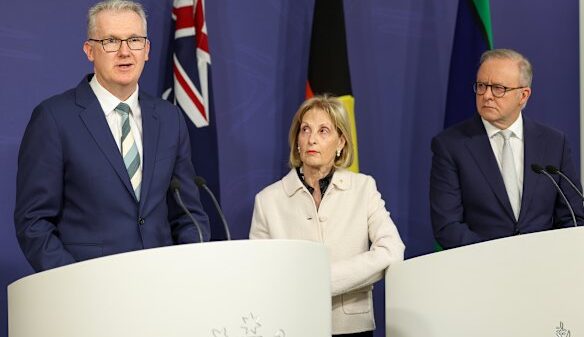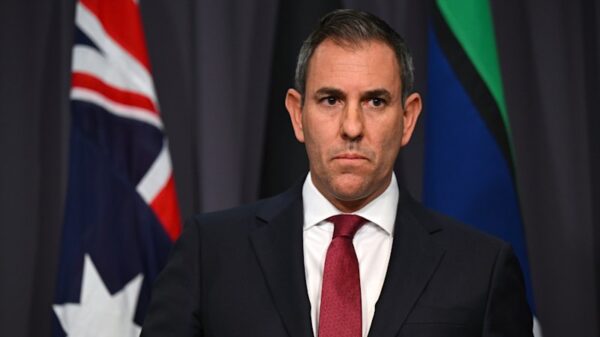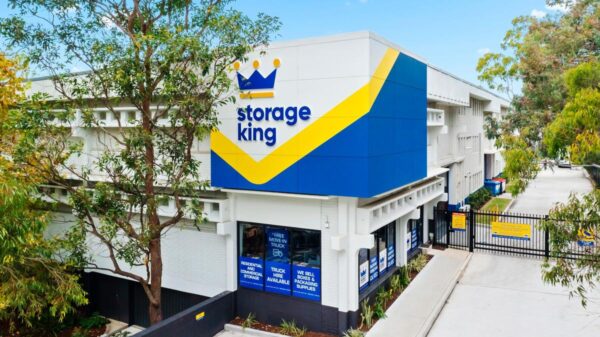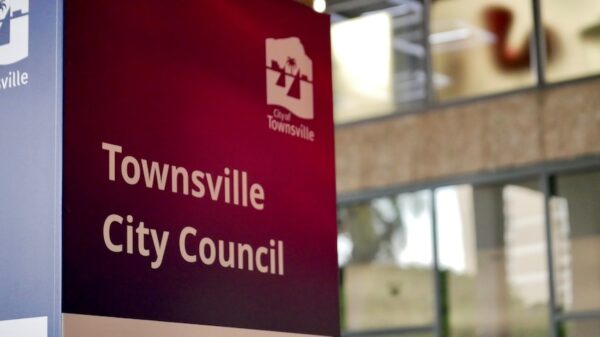In 2024, Australia’s Therapeutic Goods Administration (TGA) approved at least 979,000 medicinal cannabis prescriptions through its specialized access pathways. Originally intended for rare and complex medical cases, the system has evolved into a mainstream mechanism for treatment, raising significant concerns among healthcare providers and patients alike.
The current framework lacks clarity for doctors and equity for patients, prompting the Australian Health Practitioner Regulation Agency (Ahpra) to announce plans to address unsafe prescribing practices. Yet, many experts argue that this initiative is insufficient. A comprehensive reform of the medicinal cannabis system is urgently needed to align its operations with its intended purpose.
Understanding Medicinal Cannabis Use in Australia
Legalized in 2016, medicinal cannabis products encompass a variety of forms, including oils, capsules, and dried flowers. These products often contain key ingredients like THC (tetrahydrocannabinol), which produces psychoactive effects, and CBD (cannabidiol), known for its therapeutic qualities. Initially, the TGA emphasized that medicinal cannabis should not be a first-line treatment, reserving it for patients with severe conditions, such as cancer-related symptoms, epilepsy, and chronic pain.
Over time, however, the prescribing practices have significantly broadened. Today, many prescriptions are issued for more common conditions, including anxiety and sleep disorders. This shift raises questions about the appropriateness of such widespread use.
Evidence and Challenges in Prescribing
The effectiveness of medicinal cannabis, particularly for chronic pain—which accounts for many prescriptions—remains uncertain. According to a recent TGA review, some studies suggest that it may help certain patients with moderate pain relief. Yet, many of these studies are limited in scope and do not adequately address long-term safety or efficacy. Products containing THC can lead to side effects such as dizziness and cognitive impairment, while CBD is not without its own risks.
In Australia, approved medications undergo thorough clinical testing before gaining registration. However, most medicinal cannabis products lack the robust evidence required for formal approval. As a result, healthcare providers often find themselves making prescribing decisions with limited information on what may be effective for their patients.
The TGA oversees access pathways but lacks the resources and mandate to provide necessary clinical support to prescribers. Consequently, many doctors feel they are navigating an increasingly complex system without adequate guidance.
There are growing concerns regarding the practices of high-volume telehealth services, which may prioritize the quantity of prescriptions over patient care. Reports indicate that some practitioners issued over 10,000 medicinal cannabis prescriptions within just six months, raising alarms about the quality of patient interactions.
Access to medicinal cannabis is also hampered by socioeconomic factors. Patients in rural and remote areas face additional challenges, including limited access to digital resources and local healthcare providers. The cost of medicinal cannabis products further complicates access, particularly for those without adequate insurance coverage. For instance, Sativex, one of the two TGA-approved products, can cost between A$700 and A$800 for a six to eight week supply, and is not currently subsidized by the Pharmaceutical Benefits Scheme.
Proposed Reforms for a Better System
Addressing the shortcomings of Australia’s medicinal cannabis system requires a multifaceted approach. First, there is an urgent need to develop real-world data that accurately reflects how medicinal cannabis is prescribed, for what conditions, and the outcomes achieved. This data can provide valuable insights to inform clinical practices and policy decisions.
Secondly, establishing a national accreditation model for prescribers is crucial. Such a framework could ensure that healthcare providers undergo specific training before prescribing medicinal cannabis, thereby enhancing the quality of care and compliance with evolving medical standards.
Finally, it is essential to tackle access inequities by exploring government subsidies for TGA-approved products. Ensuring that patients do not have to choose between financial hardship and necessary treatment is paramount for a fair healthcare system.
Dr. Christine Hallinan, a senior research fellow at the University of Melbourne and a member of an expert roundtable on medicinal cannabis, advocates for these changes. The roundtable, which includes various stakeholders from medicine, law, and policy, aims to develop recommendations for a more evidence-based regulatory framework.
As Australia’s medicinal cannabis landscape continues to evolve, the push for reform will be vital in ensuring that the system meets the needs of both patients and healthcare providers. Without these changes, the potential benefits of medicinal cannabis may remain out of reach for many Australians.



























































